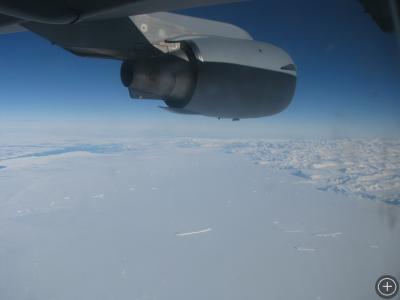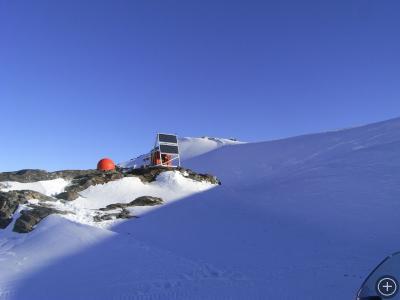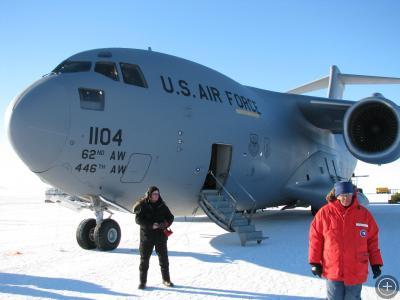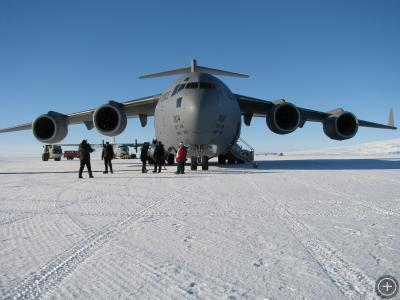It Takes a Lot to Get Here
MCMURDO STATION, ANTARCTICA– Greetings. This is my first official day at the main US research base in Antarctic: McMurdo Station. I am very excited to start bringing you the stories of POLENET science and what life is like as we do our work from one of the most remote places on the face of the planet.
This season a small contingent of researchers from multiple universities will be working to install and maintain very high precision global positioning systems and seismometers. It is our goal within POLENET to cover a large portion of the continent with these sensors to begin to understand the science of interaction between the great ice sheets and the earth below. This understanding is vital to understand the historical relationship of the ice and the rock in the past as a window of what to expect in the future.
This season we will be working mainly out of McMurdo Station using helicopters and Twin Otters, a propeller driven fixed wing aircraft, to go install new equipment, as well as service and upgrade equipment that we installed last year. One very exciting portion of this season will be working out remote tent camp far south in the Trans-Antarctic Mountains.
The title of this story is “It takes a lot to get here.” In a sense, that can be said about the many commercial flights from Ohio to Christchurch, New Zealand (the ingress point for all personnel going to Antarctica), to the US Air Force C-17 jet that flew me down to the ice, and all of the support running the facilities here at McMurdo Station. But I guess I meant the title to reflect a much larger statement.
The amount of planning for a project this size has taken years to get us even to this point in the story. Of course, it first began with the idea that Antarctica has so many unknowns that it would take observations on a massive scale to begin to break the secret of the earth that lies beneath miles of ice. This project from concept, to funding, to implementation of each field season has taken the dedication and ingenuity of many scientist and engineers all across the world.
I will look forward to bringing you this.













Kelly!
Congrats on making it down to the Ice! Welcome. Just as you’re arriving, we’re close to finishing up our data collection out on the sea ice offshore of New Harbor. I should be in town Monday and for the duration before redployment back to NZ (Dec. 8th, I think)…..let’s catch up soon!
-Howie
Kelly,
Great job down on the Ice. Can’t wait to hear more.
Sloan
Howie,
Good luck finishing up at New Harbor. I’ll be in Mactown until around the 12/1 before heading to the deep field. See you and Andrea when you get back.